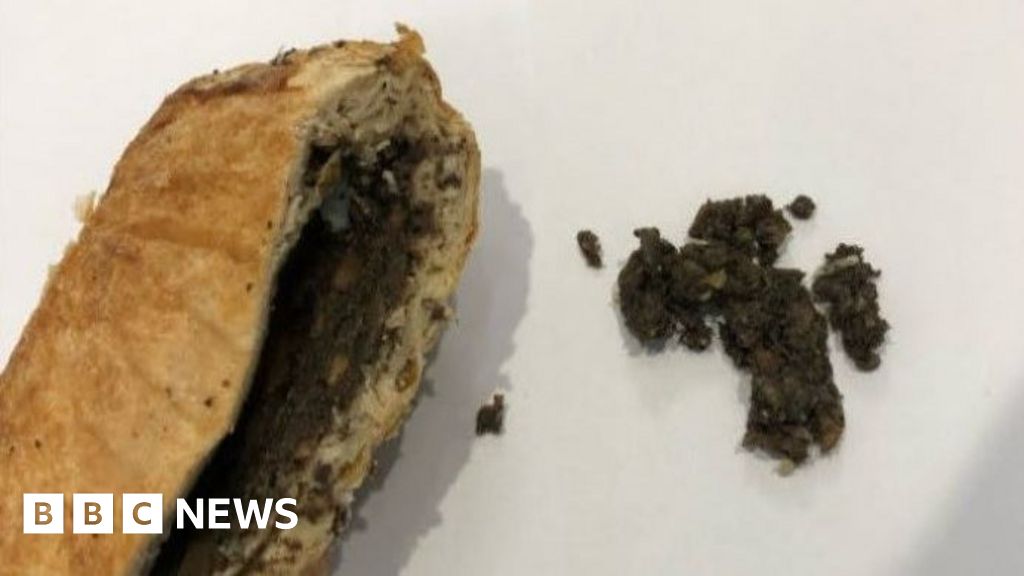Scientists have found a new way to navigate beams of light through dynamic scattering media, such as the turbulent atmosphere or living tissue.
A team of physicists, led by Professor David Phillips and Professor Simon Horsley from the University of Exeter, showed how light beams can be carefully shaped so they are impervious to the motion of the material they are propagating through. This approach could herald higher resolution biomedical imaging and faster data transfer in optical communication systems.
The paper, titled “Threading light through dynamic complex media,” is published in the journal Nature Photonics.
Shine a laser beam onto a moving object and the way the light is scattered will change in time. This causes problems for imaging and optical data transmission, as the information carried by the light can be corrupted by the movement of the medium through which it passes.
This is why the stars appear to twinkle in the night sky—due to the continuously changing way the Earth’s atmosphere scatters the starlight before it reaches our eyes.
However, dynamic scattering media tend to have slower and faster moving regions at any given time. This observation was the starting point for the research.
“The problem is, we don’t know where these faster or slower moving regions are within scattering media like the turbulent atmosphere or living tissue,” explained Professor Phillips, “so we set out to develop techniques that could automatically find the slowest moving regions, and preferentially send the light through these more stable pathways.”
To search for these hidden stable channels, the researchers used methods inspired by the way modern artificial neural networks are “trained.” These methods are able to quickly search through many possibilities and home in on the most promising solutions.
The team applied this concept to search through the many different possible shapes of laser beam they could send through a medium, and quickly choose the shape resulting in the lowest level of temporal fluctuation. The resulting light beams skirt around the fastest moving parts of the medium, and are concentrated in the static or most slowly moving areas.
-

Unguided optimization. Credit: Nature Photonics (2025). DOI: 10.1038/s41566-025-01642-z
-

Time-averaged TM. Credit: Nature Photonics (2025). DOI: 10.1038/s41566-025-01642-z
“It worked better than expected,” said Professor Phillips, “and so we are really excited about the range of different technologies that could benefit from these techniques.”
The team are now exploring how optical communication systems and flexible micro-endoscopes might be improved using their new approaches.
This project was led by Professor Phillips’ Structured Light Group at the University of Exeter (UK), and was also carried out in collaboration with Dr. Philipp del Hougne at the Université de Rennes (France).
More information:
Chaitanya K. Mididoddi et al, Threading light through dynamic complex media, Nature Photonics (2025). DOI: 10.1038/s41566-025-01642-z
Citation:
Finding calm in the light storm: Novel light-shaping technique enables stable beam navigation through dynamic media (2025, March 14)
retrieved 17 March 2025
from
This document is subject to copyright. Apart from any fair dealing for the purpose of private study or research, no
part may be reproduced without the written permission. The content is provided for information purposes only.
















